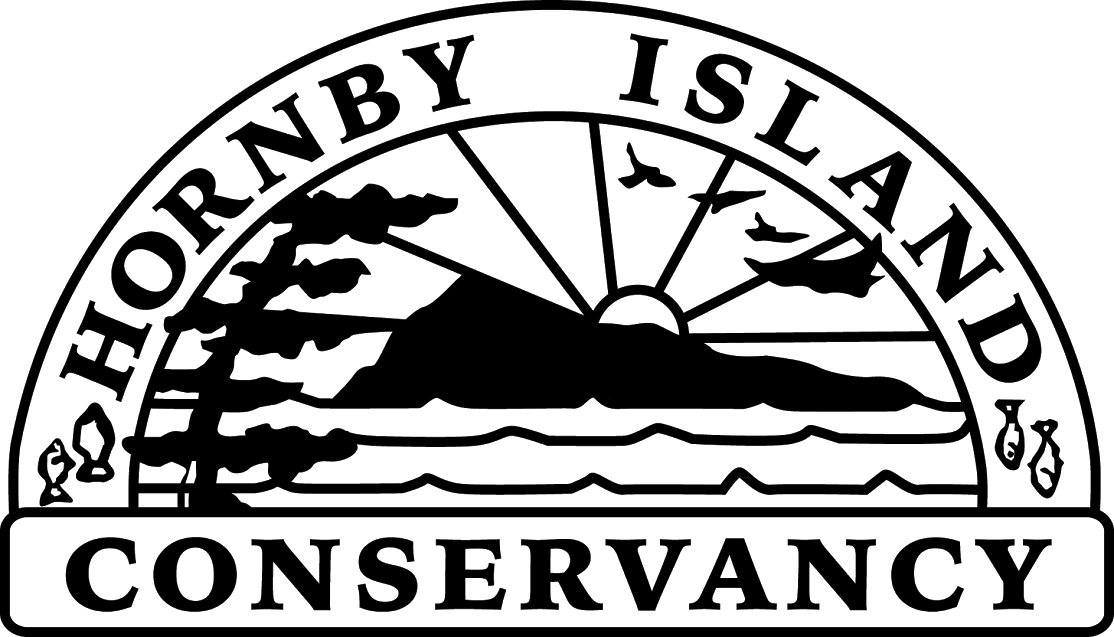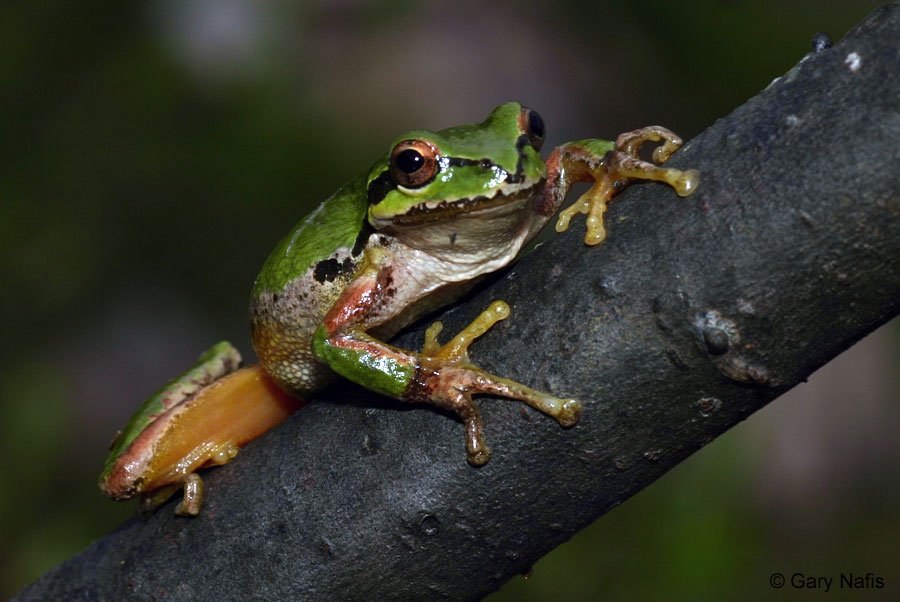Detox Your Home Pt. 1
Happy Spring cleaning everyone! This article begins part 2 of our Clean Blue Green Initiative. Its focus is on offering healthy alternatives for putting your home "into detox."
An amazing number of toxic products have made their way into places where people eat, sleep, bathe and relax. Everyday cleaning products, laundry detergents, air fresheners etc. can have serious health and environmental effects over time.
Well-intentioned consumers can have a difficult time making informed choices amongst the myriad of cleaning products available today. Many products claim to be "green" but don't always list their ingredients, a definite red flag. And just because labels say "environmentally friendly" or "biodegradable" doesn't mean that they are truly safe. In fact, some biodegradable products break down into chemicals that are more harmful to the environment than the original product.
For example most laundry detergents contain nonylphenol ethoxylate, a surfactant or "surface active ingredient" which creates suds. Nonylphenol ethoxylate breaks down into nonylphenols, compounds that control growth, reproduction and development in animals, including humans. Nonylphenols are also known as "gender benders" as they have been shown to cause male fish near sewage outfalls to take on female characteristics.
Pacific Tree Frog - Pseudacris regilla
This raises concerns about toxic laundry and other cleaning chemicals ending up in streams and oceans. Once there they could seriously harm vulnerable salmon smolts and dear little frogs with their thin porous skin. As well, children and adults could be adversely affected by wearing clothing washed in strongly chemically scented detergents. I once had to ask one of my childrens' playmates to please play outside as the toxic smell of their clothing was giving me a bad headache.
Thankfully, much less toxic and non-toxic alternative products are becoming available as consciousness grows about the choices we make. When reading ingredients on labels it is always advisable to look up any unknown chemical names, either on your phone while in the store or by noting them to research later at home.
Some common ingredients to avoid include:
a) Chlorine and chlorine compounds with "chlor" in their name. Chlorine is a pungent gas created through the electrolysis of salt water. Not only does this process create a very toxic chemical, it also produces deadly by-products such as dioxins. The use of chlorine bleach, found in a variety of household cleaning products, creates small amounts of very dangerous organochlorines. These compounds can cause reproductive, endocrine and immune system disorders and when released into the environment have been linked to cancer.
b) Ammonia is a toxic chemical that is very irritating to your eyes, lungs, nose and throat. It can cause burning sensations in the respiratory tract, as well as headaches, nausea and coughing. Ammonia also adds nitrogen to the environment which can be harmful to fish and plants.
c) Phosphates have long been used in laundry detergents. Though they are natural minerals and not acutely toxic, their use causes an overload of nutrients into the environment. This results in harmful over-growth of algae that in turn depletes the water of oxygen, which is lethal for fish.
The safest, most economical solutions for cleaning your house:
You can always look to the tried and true natural recipes from your grandmother's time. The ingredients are readily available, effective and can be used in the following options:
1) All-purpose cleaners for counters, walls, floors, tiles and woodwork:
Mix 125 ml. of pure soap (like liquid castile soap) with 4 liters of hot water. To help cut grease add 60 ml. of reconstituted or strained fresh lemon juice. Note: the Coop carries two brands of liquid castile soap, one of which is locally made in Langford, B.C.
Dissolve 60 ml. of baking soda in 1 liter of hot water.
Mix equal parts vinegar and salt.
2) Bathroom Cleaners and Disinfectants:
Ironically by trying to keep bathrooms "germ free", the use of disinfectants can create an unhealthy house that harms our health. Many disinfectants contain cresol, a chemical easily absorbed through the skin and lungs. They may also contain phenol, ethanol, formaldehyde, ammonia and chlorine. Breathing in these vapors on a regular basis can cause many long-term health problems.
Bathroom cleaners often contain harsh abrasives that gradually scratch the finishes of sinks and bathtubs. Chlorine bleach can make surfaces dull and rough so that they get dirty faster and stain deeper. It is better to:
Clean regularly with liquid castile soap and water.
For tub and tile, use a firm bristled brush with a plain baking soda or a mixture of liquid castile soap and hot water, with baking soda added.
For mould and mildew, rub tiles and grout with a cloth moistened with vinegar, then scrub with an old toothbrush or nail brush.
3) Toilet Bowl Cleaners
Most commercial toilet bowl cleaners are strong acids that can burn skin and eye tissue. Good options are:
Regular cleaning with liquid castile soap OR baking soda.
If your porcelain is stained or your water has high mineral content, rub stains carefully with fine wet/dry sandpaper.
For stubborn calcium stains, drop 1000 mg. of vitamin C into the bowl, leave overnight, and then scrub (vitamin C breaks down calcium).
We would like to again thank the Georgia Strait Alliance for their permission to use much of this information from their "Toxic Smart Program". This month's article was only able to convey a portion of the "home detox" section.


